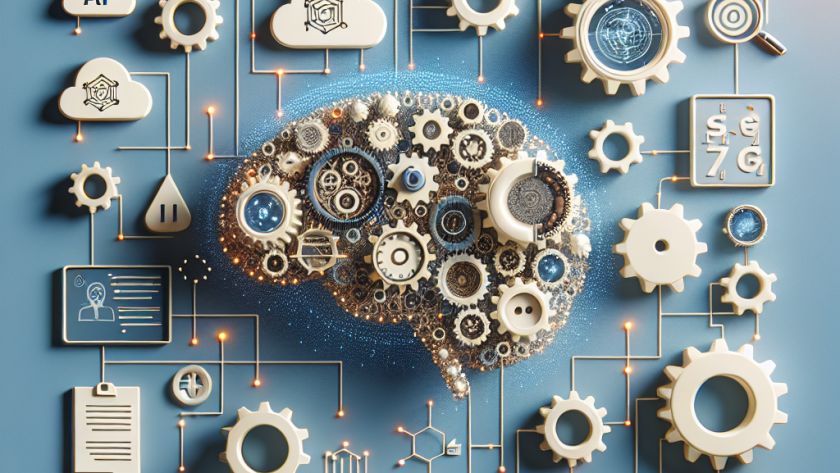Integrating artificial intelligence (AI) is changing the way professionals interact with and use AI-produced content in digital work environments. Businesses and creators seeking more dynamic and intuitive interfaces are driving the demand for AI to increase productivity and encourage real-time collaboration.
However, a key challenge has been developing tools that enable flexible, real-time interaction between…












